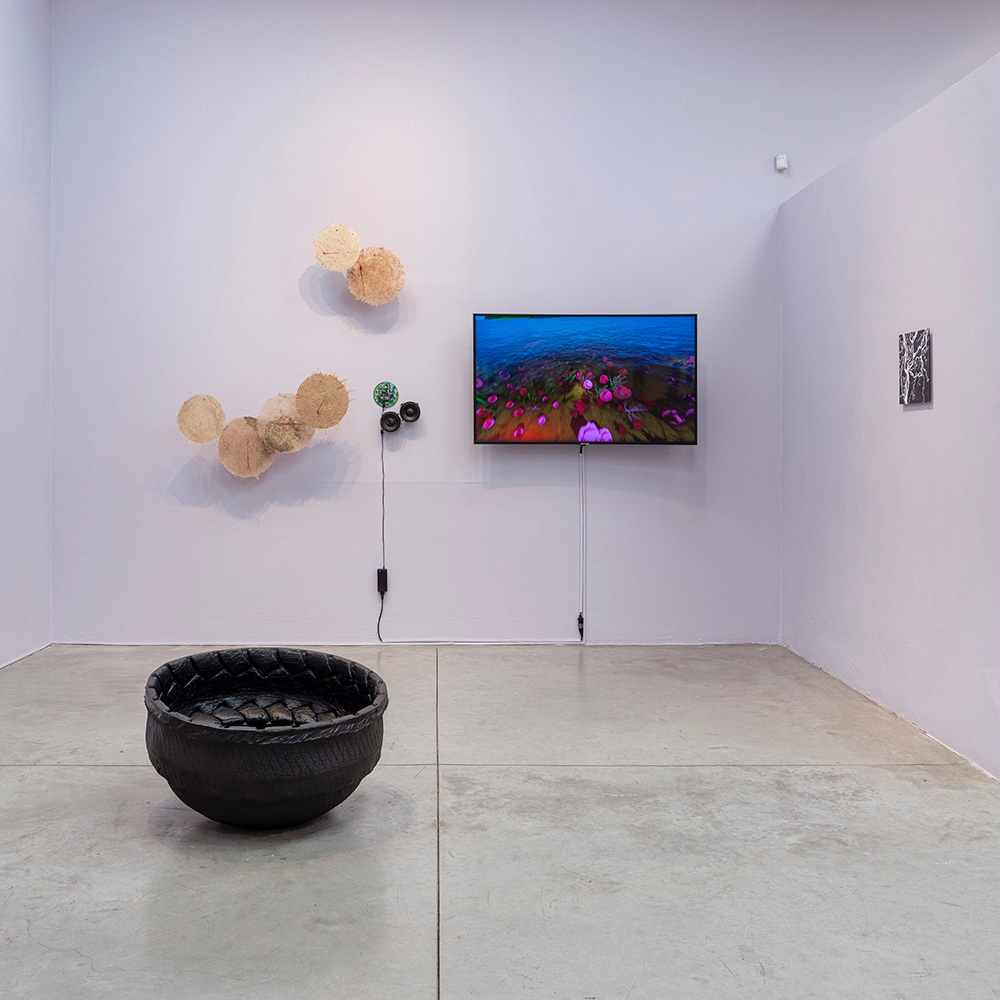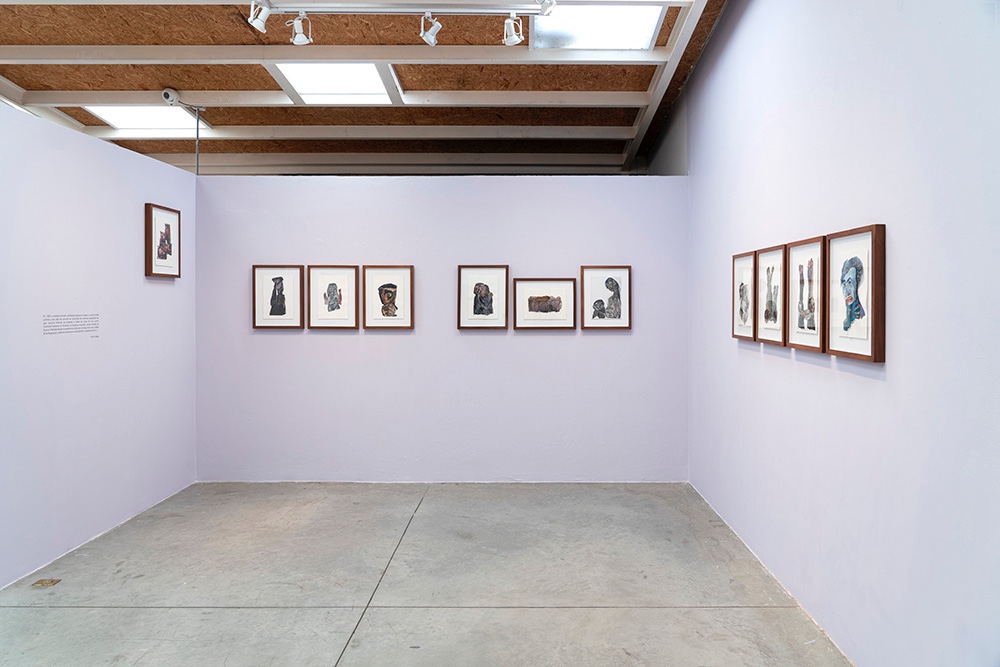Pasos para trenzar un paisaje

Vista general | Pasos para trenzar un paisaje | 2024

Vista general | Pasos para trenzar un paisaje | 2024

Vista general | Pasos para trenzar un paisaje | 2024

Vista general | Pasos para trenzar un paisaje | 2024

Vista general | Pasos para trenzar un paisaje | 2024

Vista general | Pasos para trenzar un paisaje | 2024
El concepto de identidad, así como los límites estructurales de los cuerpos y territorios, han sido históricamente establecidos bajo criterios políticos que poco representan las relaciones naturales, las memorias colectivas o las tradiciones generacionales. El territorio se ha entendido como un espacio geográfico, que debe ser conquistado, fragmentado y dividido, y se ha desconocido su significado simbólico y sus derechos como sujeto.
Las maneras en que habitamos un espacio y la relación que tenemos con nuestros cuerpos humanos y naturales, es lo que permite el reconocimiento de los territorios. Toda creación responde a contextos temporales, geográficos y culturales que permiten que se manifieste el tejido simbólico de los territorios y sus comunidades. Como todo tejido, requiere un entrelazamiento y cuidado para rastrear historias, memorias y sabidurías.
En la vida rural se utiliza el termino de “peinar” un territorio cuando se ha llegado a reconocer y a transitar los lugares y las áreas que lo comprenden. El territorio se vuelve un ser al que es necesario recorrer y reconocer para poder ser habitado. Trenzar ha sido también una herramienta para transmitir historias y mantener las memorias generacionales vivas. Peinar, trenzar, trazar, reconocer y habitar; El territorio se convierte en un tejido que debe ser construido a partir de los rastros y memorias que allí perduran y no a partir de sus divisiones y jerarquías. Memorias históricas y de denuncia que representan las relaciones entre lo moderno y tradicional, lo ancestral y contemporáneo y lo popular y académico mantienen y dan voz a las memorias vivas del territorio.
Pasos para trenzar un paisaje expone el trabajo de Francy Silva, Karen Paulina Biswell, Carolina Caycedo, Alexandra Gelis, Ana María Millán, Arturo Alape, Camilo Pachón y Santiago Reyes Villaveces como una necesidad por ampliar la relación de los relatos y memorias con el mundo natural y las políticas de la identidad.
The ways in which we inhabit a space and the relationship we have with our human and natural bodies are what allow the recognition of our territories. Every creation responds to temporary, geographical, and cultural contexts that allow the symbolic weaving of territories and communities to manifest. Like any tissue, it requires interweaving and care to trace stories, memories, and wisdoms.
In rural life, the term “combing a territory“ is used when one has come to recognize and traverse the places and areas that comprise it. The territory becomes a entity that must be explored and recognized in order to be inhabited. Braiding has also been a tool for transmitting stories and keeping generational memories alive. Combing, braiding, tracing, recognizing, and inhabiting; the territory becomes a tissue that must be constructed from the traces and memories that remain there, not from its divisions and hierarchies. Historical memories that represent the relationships between the modern and traditional, the ancestral and contemporary, and the popular and academic, maintain and give voice to the living memories of the territory.
Pasos para trenzar un paisaje (Steps to braid a Landscape) combines the work of Francy Silva, Karen Paulina Biswell, Carolina Caycedo, Alexandra Gelis, Ana María Millán, Arturo Alape, Camilo Pachón, and Santiago Reyes Villaveces as a need to expand the relationship and memories with the natural world and the politics of identity.